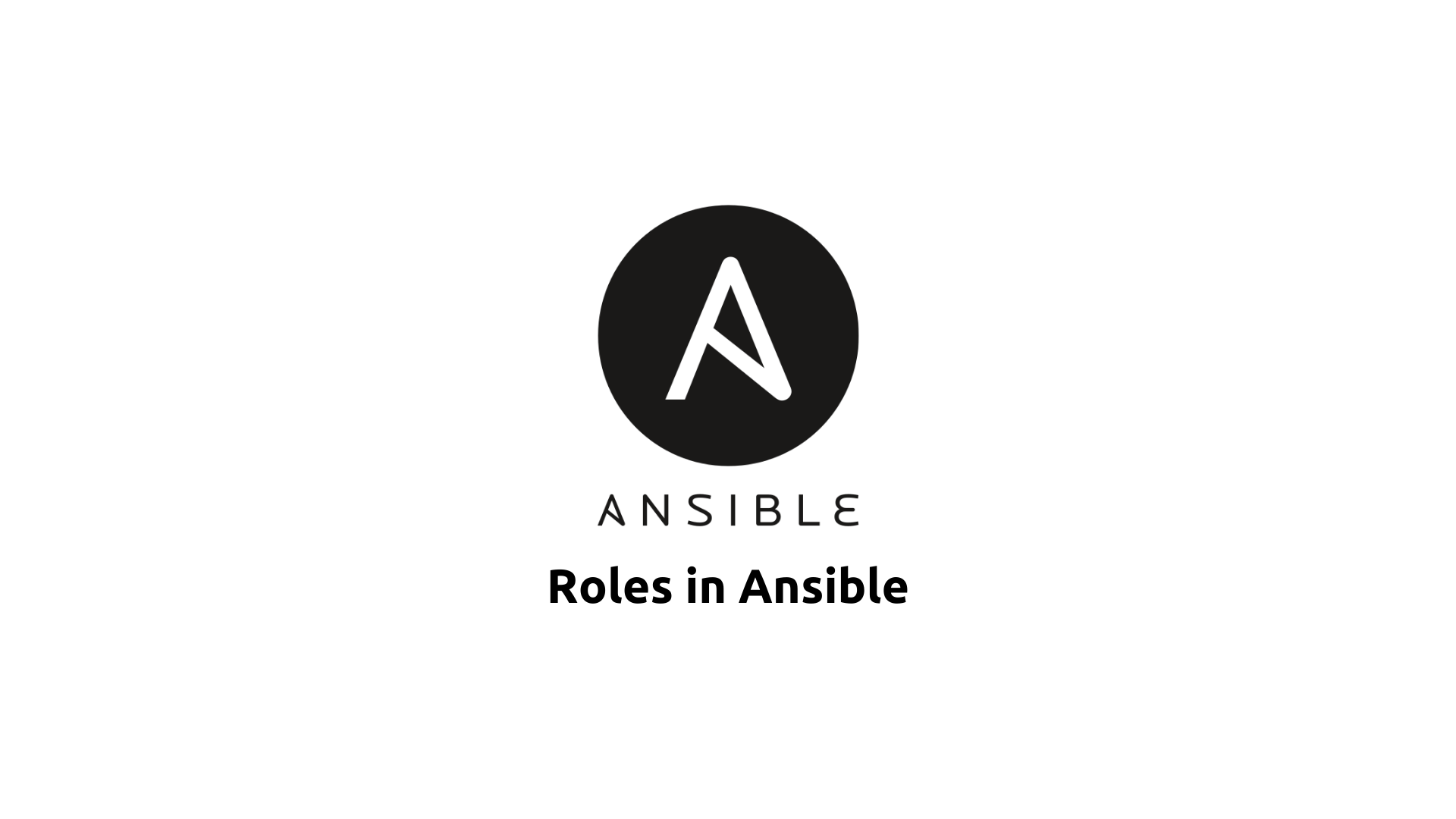Roles in Ansible
 Saurabh Adhau
Saurabh AdhauTable of contents

Introduction
In the realm of Ansible automation, roles play a pivotal role in organizing and structuring automation tasks in a modular and reusable manner. Roles provide a powerful abstraction layer for defining and managing related tasks, variables, files, and templates, allowing for greater flexibility and scalability in automation workflows.
Understanding Roles in Ansible
Roles in Ansible are collections of related tasks, variables, handlers, and other files organized into a directory structure. They provide a way to encapsulate and share common automation patterns, making playbooks more modular, reusable, and maintainable.
Key Features of Roles
Modularity: Roles promote modularity by encapsulating related tasks and configurations into self-contained units. This makes it easier to manage and reuse automation logic across different playbooks and projects.
Reusability: Roles can be reused across multiple playbooks and projects, reducing duplication of effort and promoting consistency in automation workflows.
Organization: Roles provide a structured and organized way to group related automation tasks, variables, files, and templates, making it easier to understand and maintain automation logic.
Benefits of Using Roles
Simplified Playbooks: Roles abstract complex automation logic into reusable components, resulting in cleaner and more concise playbooks.
Improved Maintainability: Roles promote code reuse and modularity, making it easier to maintain and update automation workflows as requirements evolve.
Enhanced Collaboration: Roles facilitate collaboration by providing a standardized way to structure and share automation logic across teams and projects.
Conclusion
Roles are a fundamental concept in Ansible automation, providing a modular and reusable approach to organizing automation logic. By understanding the principles of roles and incorporating them into Ansible playbooks, users can streamline automation workflows, improve maintainability, and promote collaboration across infrastructure environments.
Subscribe to my newsletter
Read articles from Saurabh Adhau directly inside your inbox. Subscribe to the newsletter, and don't miss out.
Written by

Saurabh Adhau
Saurabh Adhau
As a DevOps Engineer, I thrive in the cloud and command a vast arsenal of tools and technologies: ☁️ AWS and Azure Cloud: Where the sky is the limit, I ensure applications soar. 🔨 DevOps Toolbelt: Git, GitHub, GitLab – I master them all for smooth development workflows. 🧱 Infrastructure as Code: Terraform and Ansible sculpt infrastructure like a masterpiece. 🐳 Containerization: With Docker, I package applications for effortless deployment. 🚀 Orchestration: Kubernetes conducts my application symphonies. 🌐 Web Servers: Nginx and Apache, my trusted gatekeepers of the web.